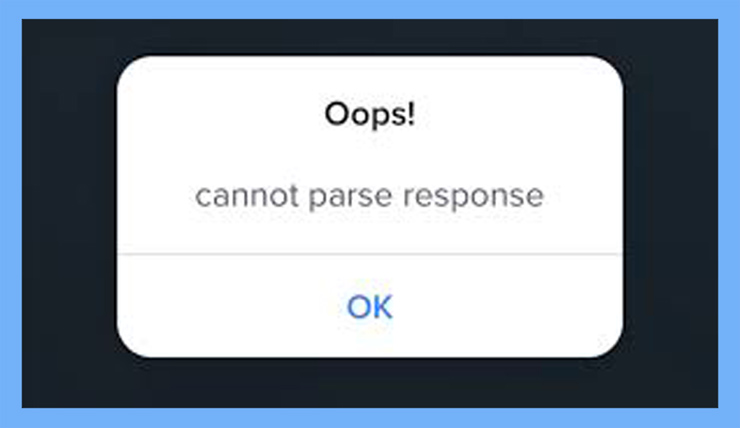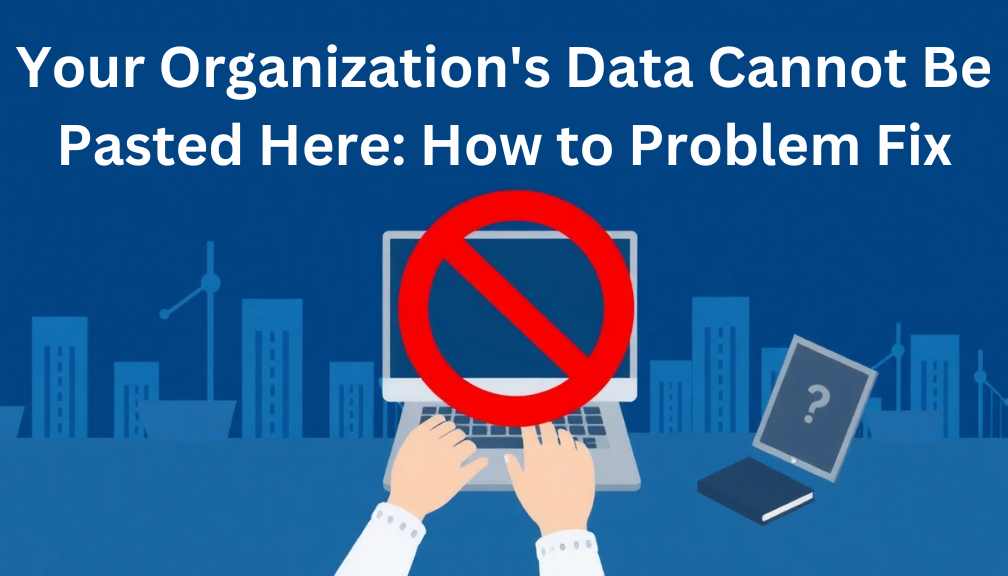“Cannot parse response” usually is a message informing a computer system or device that cannot interpret or comprehend the data received. This could be due to various reasons, including whether the data format is wrong, corruption in the data, or even if the system receiving it cannot handle the information it received. To fix this issue, resolve the data, alter how information is transferred, or change the receiver system to process the data effectively.
You have reached the HTTP capacity limit. A few users have complained about an “Unable to parse response body” error while bulk indexing large amounts of information. This is because Elasticsearch is, by default, able to handle HTTP request bodies of 100MB (you can change the HTTP).
Cannot Parse Response Meaning
If Google gives a warning message “Cannot parse the response,” it usually means that the Google service you’re trying to connect to cannot handle the data it received. This could happen for many reasons, like an issue with connecting to the web server, a problem regarding the data being transferred to or acquired, or even a glitch in the program. Sometimes, it could also be due to security concerns or a request to gain access to a protected website without proper authentication. To resolve the problem, attempt the request in the future, check your internet connection or call Google Support for help.
Cannot Parse Meaning
The phrase “cannot parse” typically refers to the process of studying and understanding structured data like text or codes or the situation in which a software or instrument can’t handle the data as expected.
In software development or computer programming, the expression “cannot parse” is often employed to signal that the software component, like an interpreter or parser, encounters unusual or unformatted data that cannot be processed. This could lead to an error or an exception being raised, and the software is in a position to stop until the issue is addressed.
The precise Meaning of “cannot parse” can vary depending on the context of the data processed. For instance, in the context of a text editor or editor, “cannot parse” may indicate a syntax issue within the program. Regarding an API or web-based application, “cannot parse” may signal a problem regarding the format of data being transferred or received.
What Is The Parsing Response?
Parsing analyses and decodes the information provided as a reply to the request. Responses can be delivered in various formats, including XML, JSON, HTML, or binary. The aim of parsing the response is to find all relevant data from the reaction and transform it into a usable format suitable for the program or computer that requested it.
When developing software, parsing responses generally requires using an application or library to analyze the response information and retrieve the necessary details. This data can be utilized to modify the application’s state, show users information, and trigger additional activities or requests.
Response parsing is a crucial component of several applications and systems that allows the software to interpret and act upon the data received from the server or device. Parsing can be complex, requiring a thorough understanding of the information format, algorithm, and logic employed in the parser.
How Can I Fix Parse errors?
Below are some ways you can go about it to correct a parse error:
- It is the syntax. Verify that the code you’re trying to read is correct in syntactic terms and adheres to the syntax appropriate for the language of programming you’re employing. Examine for inconsistencies with brackets, semicolons, or other syntax issues that could trigger the parse error.
- Look for missing data. If the error in parsing is due to the absence of data, you might require adding the required details to the file code you’re trying to parse.
- Verify the data input: Make sure that the information you’re trying to process is formatted correctly and meets the parsing procedure’s specifications. If your data isn’t correctly formatted, you might need to clean the file or change it to an appropriate format before trying to reread it.
- Debugging the code: Use debugging tools and techniques to identify what is causing the error in parsing. It could involve adding print statements or the debugger going through the code and determining what’s causing the error.
- Call the developer assistance if you cannot resolve the issue at your own pace. You may have to contact the software creator you’re working with or ask for help through a technical group or support team.
These suggestions allow you to get rid of most errors caused by parse. However, the exact steps will vary based on the reason for the error and the software or programming language you’re working with.
How Can I Fix The “Cannot Parse Response?”
Below are the steps that you could follow to get rid of a “Cannot parse response” error:
- Examine the network connection: Ensure that your device is connected to the internet and is connected to an uninterrupted connection. If there are any issues regarding your connection to the internet, be sure to fix them before you attempt to join next time.
- Retry the request. Sometimes, an error can occur due to a temporary glitch in the network or server. Restarting the request after a couple of minutes could solve the issue in these cases.
- Ensure you are using the correct API endpoint and transmitting the request to the proper API endpoint. Verify that you’re utilizing the appropriate URL and double-check that you’re using the right HTTP method (e.g. (GET POST, PUT DELETE).
- Verify your API credentials. If the API needs authentication, ensure you have the correct API credentials or key to connect to the service.
- Investigate the request using an application like Postman or Curl to examine the response and request. This helps you determine if the problem originates from the request or the response. It can also help you identify any issues with the information being transmitted or received.
- Get in touch with an API service provider. If you cannot solve your “Cannot parse response” error and cannot resolve it, call API providers for assistance. They could assist you in determining the problem and offer further advice on fixing the issue.
Be aware that these steps could differ based on the particular API or service that you’re trying to get access to, in addition to the language of programming or program that you use to create the request.
What Is a Parser Exception?
Parser exceptions are errors triggered when a parser, a component of software that interprets and processes structured data, comes across unanticipated conditions or input it cannot handle. Parser exceptions typically occur if a parser is confronted with mistakes in syntax or semantics of the data or if the data format isn’t what it was intended for the parser to process.
Parser exceptions may occur across various programming languages and software that include but are not restricted to, compilers, web-based applications and text editors. The software typically handles these and then communicates to the user, who can take action to address the issue. For example, the user may need to rectify or modify the method by which the data has been structured or alter the parser to ensure it can handle the data.
What Is Error Domain 1017?
Error Domain 1017 is an exact error code utilized in specific software environments. Error codes are numbers used to detect and classify different kinds of errors that could be encountered in a program or system.
Error Domain 1017 can be indicated as the presence of a parse error. This suggests that the software or system experienced difficulty interpreting or did not process the data as it is. The specific kind of issue will be determined by the programming environment used and the data being processed; however, it may be due to syntax issues da, incorrect formats, or any other issue.
If you experience error domain 1017 within your application, You will have to conduct a more profound examination to find the root of the error. Then, you can determine the best way to fix the issue. It could involve examining the application’s code and data, debugging the application, or contacting the developer community or the support team.
Conclusion
When you encounter the Error message “Cannot Parse Response,” it can be stressful. However, the issue can be solved by thoroughly examining the format used in the response to ensure that it aligns with the required standards. Correct troubleshooting techniques can swiftly fix the issue and allow you to proceed with your task.
Increase the effectiveness of your workflow processes using the XFA, an effective tool that streamlines and automates essential processes. You can enjoy enhanced security, greater efficiency, and better process efficiency using XFA. Join today and experience how it will make a difference for your company!


